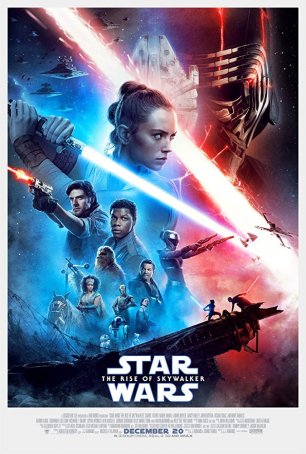The Wiseacre Duos: Steely Dan, Part II
The surprising success of Can't Buy a Thrill delighted and baffled Donald Fagen and Walter Becker as they headed into 1973. They knew they would eventually compose something that clicked with audiences, but hardly expected such an out-of-the-box home run. They also did not expect the urgency with which to follow-up their hit debut would occur. ABC Records was rabid for another blockbuster.
Steely Dan was now back to a five man unit. As Fagen & Becker write in the (1999 reissue) liner notes for their sophomore effort Countdown to Ecstacy, "(this album) is unique amongst the Steely Dan albums in that it is the only one written and arranged for a working ensemble." It would prove to be a short-lived concept, as we will discover later.
Countdown proved to be a much more sophisticated batch of tunes. Instead of writing catchy hooks, the artists revealed more of their jazz influence/leanings by composing lengthy jams that often clocked in at longer than 5 minutes-a death knell for radio airplay. It was no surprise that Countdown did not deliver a Top 40 single, nor did it sell as well as its predecessor. Palpable disappointment was in the air after a pre-release audition of the album for the studio brass. The icing on the cake was the duo's use of the f-word in one of the potential singles ("Show Biz Kids").
It took me some time to warm up to Countdown to Ecstacy, but I find I appreciate more and more. The lengthy bridges allow the musicians to really hone their chops. Jeff "Skunk" Baxter's pedal steel is signature stuff, and still impressive. The sound he creates is emblematic of the SD style of the earlier period. His playing often adds a country flavor to the proceedings ("Pearl of the Quarter"). The real stomper, however, is "My Old School", an infectious sing-a-long which rather loosely describes the time Fagen & Becker were arrested during a massive drug bust at Bard College. How this song was not a hit is quite a mystery to me.
In between recording sessions, Steely Dan was again called to tour the nation. And again, a variety of circumstances cosnpired to make the experience an absolute nightmare for the duo. For artists so finicky about sonic quality, it was inevitable that many venues (some outdoor) would not be up to standard. But mainly, Fagen and Becker were just not suited to life on the road. The antics of roadies and the general backstage atmosphere greatly depressed them.
In 1974, Steely Dan returned to the studio to cut Pretzel Logic, a return to shorter, less complex offerings. That is not to say that the music wasn't as accomplished. The songwriters were continuing to mature, paring away the elements that they feel did not gel. One of those was the skinsmanship of drummer Jim Hodder. While a very competent player, Hodder was not steady enough to provide the precision Fagen & Becker were now demanding. Similarly, Denny Dias and Skunk Baxter found themselves relegated to fewer and fewer solos, and virtually no input to the songwriting process. Instead, Steely Dan began to transform into less of a band and more of an, idea.
Session players were now called upon to provide the level of musicianship that Fagen & Becker had always imagined. They were in quiet awe of these crack guitarists, vibesmen, keyboardists, percussionists, etc. as they even expanded the possibilities of what Steely Dan could sound like. It was never really the intention to have a stable band, one which allowed time to create a comfortable style, a familiarity among musicians. With rotating groups of ace players, Steely Dan became a mysterious concept, a dynamic animal that encompassed an increasingly definable style, yet with the sort of sophistication not to be found in other major label acts.
Pretzel Logic spawned a hit single, "Rikki Don't Lose That Number", a bittersweet tune of May-December romance. Or not. As always, Fagen & Becker's lyricism was the source of much deabte among fans. Part of the intrigue of this act was the often inpenetrability of the lyrics (see the "Fever Dreams" archived web site for various interpretations and "shared delusions"). One interesting theory about this album was that it was a collection of tunes about the late Charlie Parker, who was hugely influential on the songwriters. To wit, one of the tracks (and one of my fave SD songs) is the enthusiastic "Parker's Band," a vivid ode to the eras of swing and bop. The haunting "Charlie Freak" laments the tragic death of...well, that's up to the listener. When quizzed about song meanings, our sardonic duo would typically deflect attention to virtually any other topic, usually something completely unrelated.
Even though the aforementioned sessions players did the bulk of the playing on the album, Dias, Baxter, and Hodder still played the concert dates. It would prove to be the last Steely Dan tour for quite a long time. After the tour ended, Becker and Fagen finally dismantled the original personnel. The unpleasantness of touring finally took its toll, prompting Fagen and Becker to spend the remainder of the 70s holed up in dark studios, demanding take after take to get the cleanest sound possible for each successive album.........
to be continued


Comments